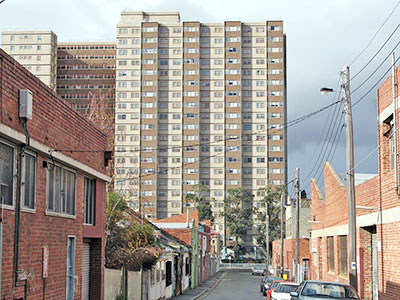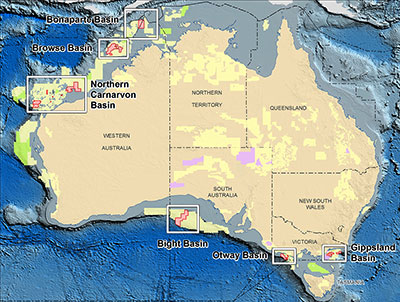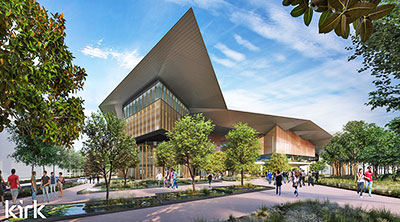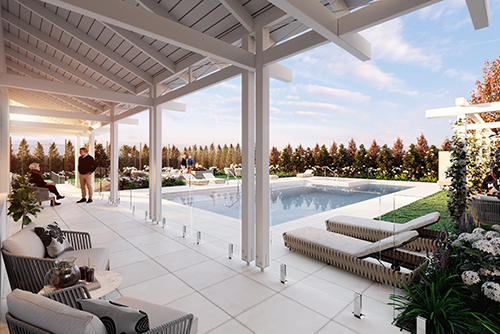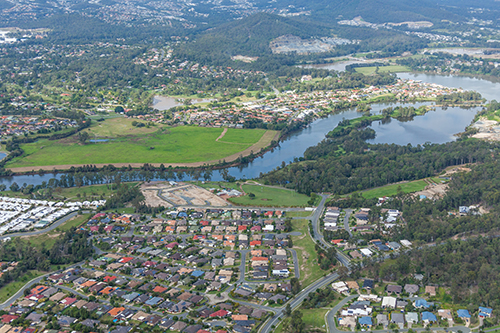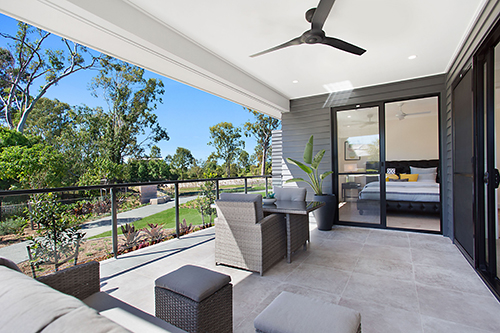STRONG government support for regional development is more important to Queenslanders compared to other states, while Queenslanders are less likely to feel like they have gained from economic growth and are less satisfied with work, according to results of a nation-wide poll.
The Queensland results are part of a major national poll commissioned by the Committee for Economic Development of Australia (CEDA) for its report Community pulse 2018: the economic disconnect.
The CEDA poll explored who has gained from Australia’s record run of economic growth; their most important issues personally and to the nation; and attitudes to work.
CEDA chief executive Melinda Cilento said the Queensland results, in line with the national results, showed the state placed a high level of importance on government services, in addition to being focused on regional growth and jobs. 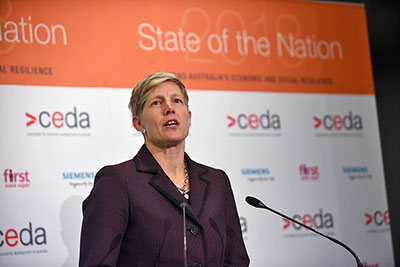
“Overall Queensland respondents were more likely to feel like they have not gained, or don’t know if they have gained, from Australia’s record run of economic growth compared to national results – 59 percent compared to 55 percent nationally,” Ms Cilento said.
“Unemployment and youth unemployment are both higher in Queensland than nationally and slightly higher again in regional areas.
“This is no doubt one of the factors impacting on how Queenslanders feel about the economy and their current circumstances.
“In addition, regional growth and jobs are an important contributor for the state with a higher proportion of jobs based outside the capital city than in other states,” Ms Cilento said.
“There are almost 2.5 million people employed in Queensland and around half of those are outside the greater Brisbane area. It is therefore unsurprising that government support for regional development is ranked as more important in the issues of personal importance.
“Despite 27 years of uninterrupted economic growth many Australians are telling us through this survey that they don’t feel like that are getting ahead, and that feeling is stronger in Queensland.
“Stagnant wages and cost of living pressures are likely factors but regardless, we need to do better at connecting communities’ expectations and aspirations with economic benefits,” she said.
“This will ensure there is support for the economic development and reform needed to keep Australia competitive.On the job front Queenslanders are less satisfied with their current level of pay, benefits such as superannuation, level of job training and conditions in the workplace.
“When looking for a job, consistent with national trends, conditions in the workplace was the most important factor.
“However, Queenslanders are more interested in progressing in their careers. Opportunities for career progression was much more likely to be ranked as very important by Queensland respondents (55 per cent compared to 42 per cent nationally).”
On the national issues of greatest importance, Ms Cilento said Queenslanders were in line with the national results placing greatest importance on high quality and accessible public hospitals; strong regulation to limit foreign ownership of Australian land and assets; increased pension payments; high quality and choice of aged care services; and high quality and accessible public schools.
“The top personal issues in Queensland, in addition to regional development, aligned nationally with reliable, low cost basic health services; reliable, low cost essential services; access to stable and affordable housing; affordable, high quality chronic disease services; and reduced violence in homes and communities, rating as of high importance,” Ms Cilento said.
“Much like the other states, the expectation that government should provide the services fundamental to the quality of life in Australia remains strong.
“Interestingly one of the areas of least importance was commuting times. Nationally this ranked as of low importance but in Queensland it was even less important compared to the national ranking.”
www.ceda.com.au
ends


 How to resolve AdBlock issue?
How to resolve AdBlock issue? 